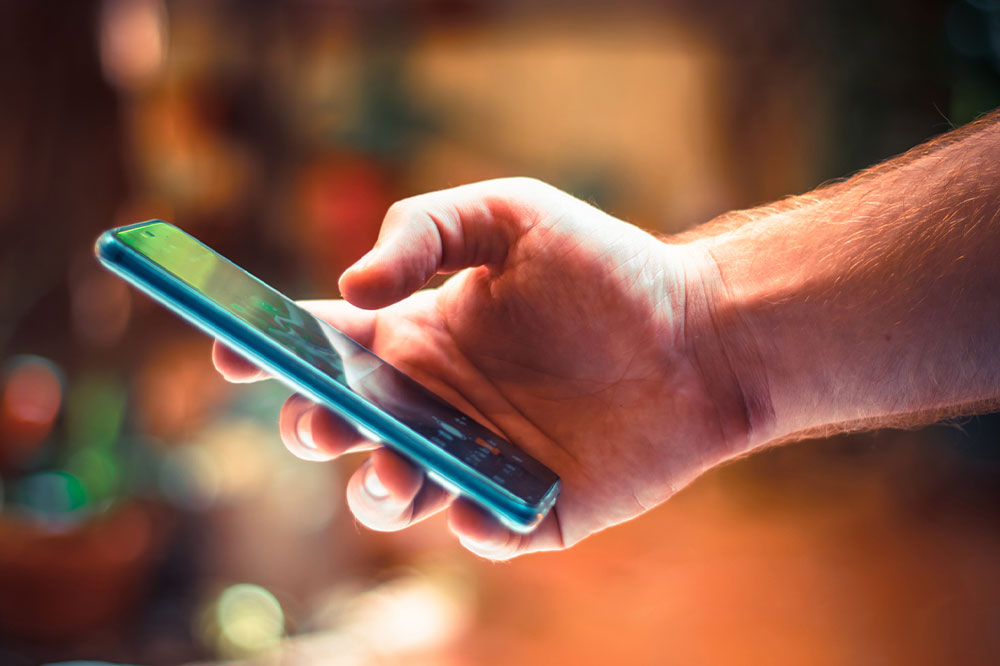Can You Truly Get Smartphones for Free? Exploring the Reality Behind Free Mobile Devices
Discover the truth behind 'free' smartphones and understand the real costs involved. This comprehensive article explores carrier contracts, promotional offers, government assistance programs, and the common misconceptions about obtaining smartphones without paying. Learn how to identify genuine deals and make informed decisions when upgrading your mobile device, avoiding hidden fees and long-term commitments while staying connected with affordable options.

Is It Really Possible to Obtain Smartphones Without Any Cost?
The concept of receiving something 'free' is undeniably attractive, especially when it comes to high-tech gadgets like smartphones. The promise of a free device or service often catches the eye of consumers seeking the latest mobile technology without the expense. However, the reality behind these offers is more complex than it first appears. While many deals are marketed as free, they frequently involve hidden obligations or costs that consumers may not initially realize. Understanding the true nature of these deals is essential for anyone considering a new smartphone or mobile plan.
In the current mobile industry landscape, the idea of receiving a smartphone without paying an upfront cost is largely driven by marketing strategies. Retailers and telecom providers often label certain offers as 'free,' but such promotions typically involve particular conditions that must be met. For example, many popular smartphones are sold through carrier contracts that hide the real cost behind the allure of zero upfront payment. While the device may appear free at the point of sale, consumers are usually required to commit to lengthy plans that include monthly payments covering device costs, service fees, data, texts, and calls. Over the duration of the contract, the total payments surpass the actual retail price, effectively making the device paid for over time rather than free.
This approach benefits carriers by encouraging customer loyalty and ensuring recurring revenue streams. It also allows customers to access expensive devices without an immediate financial burden but often at the expense of longer-term commitments and contractual obligations. When evaluating 'free' smartphone deals, it’s essential to scrutinize the fine print, as many consumers underestimate how much they pay over the course of their contract.
Another prevalent promotional tactic is the 'Buy One Get One Free' (BOGO) offer. For instance, a retailer might advertise that purchasing one iPhone costs $700, and you'll receive a second iPhone at no extra charge. However, these deals often require customers to sign up for extended plans that last for 24 or 30 months, with monthly payments covering both devices, line fees, and additional charges. Over the entire contract period, the total amount paid can equal or even exceed the combined retail prices of two devices, making the 'free' aspect more of a marketing illusion than an actual cost-saving opportunity.
Beyond commercial promotions, government assistance programs also aim to help low-income individuals access basic communication services. Programs like Lifeline offer free or discounted phone services, including limited minutes and data, to qualified participants. These programs are designed to bridge the digital divide by providing essential connectivity to underserved populations, but eligibility is based on specific income criteria or participation in other assistance programs. Usually, these services are modest and intentionally limited to avoid being mistaken for premium mobile plans. Additionally, some cellular providers, like FreedomPop, promote free data, calls, and text services as part of their marketing campaigns, but users often need to purchase a device from them or accept lower service levels.
It’s important to recognize that while these assistance programs and promotional offers provide valuable services to certain groups, they are not equivalent to obtaining a high-end smartphone completely free of cost. Most 'free' smartphone offers come with conditions—be it ongoing payments, contractual commitments, or eligibility criteria—that consumers must fulfill.
In conclusion, the notion of obtaining a smartphone entirely for free is largely a myth. While promotional deals and assistance programs lower the barriers to device access, they are seldom truly free at face value. Consumers should carefully review the terms, understand the total costs involved, and consider their long-term commitments before jumping on these offers. High-quality, premium smartphones inherently involve some level of cost—be it direct or indirect. Making informed decisions ensures that you get the best value without falling for marketing gimmicks disguised as free deals.





